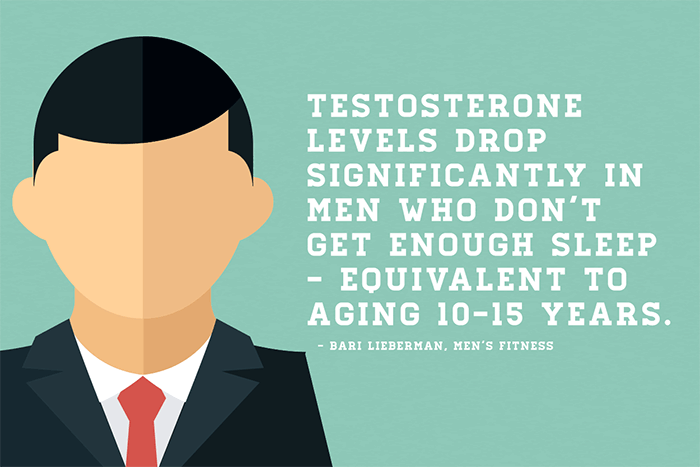By: John D. Laslavic, LPBC
Our team at ThistleSea Business Development, LLC works with clients to apply best business practices and personal effectiveness strategies. The results help them run more profitable and successful businesses and have careers that deliver more fulfilling lives.
An article in the May-June 2017 issue of Harvard Business Review, “What Sets Successful CEOs Apart,” reviews a behavioral study called the CEO Genome project. The University of Chicago and the Copenhagen Business School collaborated to identify the common traits of the most successful CEOs. They used data and interviews from over 17,000 C-suite executives (including 2,000 CEOs) covering career history, business results and behavioral patterns. Distinguishing behaviors were identified in four areas taken from those who were hired as CEOs (and those who weren’t) and those who excelled in the CEO role (and those who underperformed).
These findings are important because business leaders can significantly increase their odds of becoming high performing CEOs and top performing business executives if they deliberately develop the following behaviors. For this article, we will call them leaders.
1. Decide with Speed and Conviction
Leaders found as high performers move forward and make decisions. They understand that slow decision-making causes bottlenecks, frustrated teams, and over cautious staff. It stalls progress within their company.
Bad decisions are better than a lack of clear direction because they can be fixed. Mistakes are viewed as learning experiences by top performing leaders.
Having a wide view from a variety of data and information resources is required but must not be overdone. To make a call, 65% of the information is enough for these high performers. Perfection slows progress. They cannot wait for a perfect answer.
2. Engage for Impact
Top performing leaders lean into the discomfort. They set a clear course by understanding their stakeholders’ needs and motives. They have an unrelenting focus on creating value and driving performance and results.
Leaders are also principled in their communication. They stand out by making decisions fast with great conviction. The studies showed leaders who are more decisive are 12x more likely to be a CEO. A wrong decision is better than no decision. According to the findings, leaders were given low marks on decisiveness 94% of the time for deciding too little, too late and given low marks only 6% for deciding too quickly. Only 1/3 of the leaders are terminated for bad calls while 2/3 are terminated for indecisiveness. Results-oriented, engaged leaders who consistently understood their stakeholders were 75% more successful in their role.
3. Adapt Proactively
When you’re watching a close sporting event, you’ll see that sometimes the coach must throw the playbook out the window to win. Business leaders are, at times, required to quickly adapt. Those who can master adaptation are 7x more likely to succeed in their role. To successfully adapt, these leaders are consistently scanning wide networks and diverse sources of data and information. They have a great sense of change and can make strategic moves to their advantage. They also spend 50% of their time on long-term thinking.
Leaders use coaches and recognize the value of having diverse advisors who are objective and whose judgement they trust. As one colleague of mine would say, “Never drink your own bathwater!”
These successful leaders recognize setbacks as a part of their job. Setbacks are part of learning and offer opportunities to modify and improve.
4. Deliver Reliably
Leaders who had the ability to deliver reliably were twice as likely to be selected for the CEO role and 15x more likely to succeed. Board members, investors and employees love a leader with a steady hand they can trust.
The keys to delivering reliably? Set realistic expectations, plan, budget, assess the business to develop an independent point of view, build a strong team, align and execute. Establish meeting cadence, dashboards, clear accountability, monitor performance systems and make rapid course corrections.
















